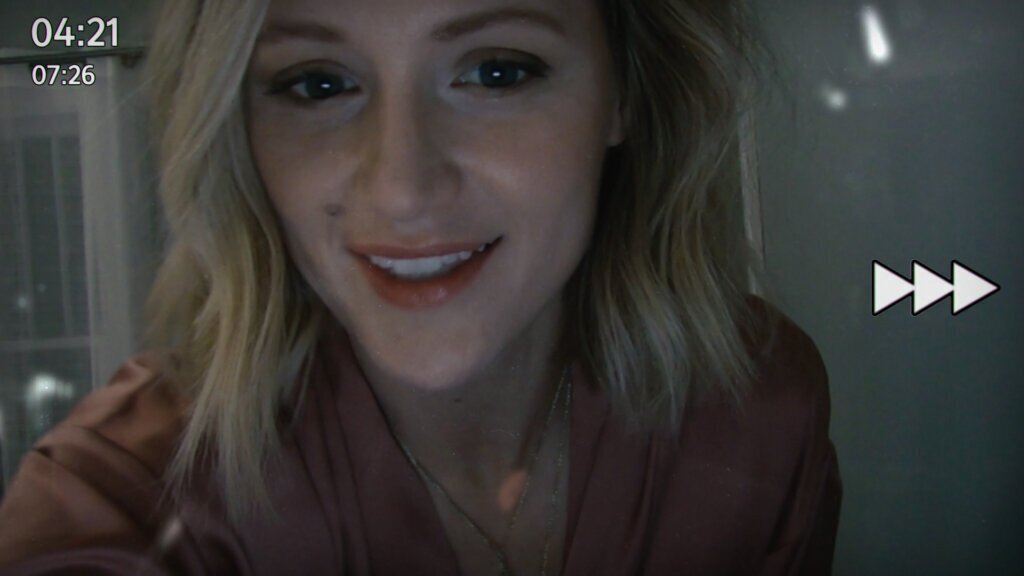

“And when they are given a computational question, they have another kind of facial expression.” “A lot of times people tend to look a certain way or show some kind of facial expression when they’re remembering things,” Sen said. Play the game: Can you tell which person is lying? This is done to capture individual behavioral differences which could be used to develop a “personalized model.” The routine questions include “what did you wear yesterday?” - to provoke a mental state relevant to retrieving a memory - and “what is 14 times 4?” - to provoke a mental state relevant to analytical memory.

The interrogator, who has not been privy to the instructions to the describer, then asks the describer a set of baseline questions not relevant to the image. The computer instructs the describer to either lie or tell the truth about what they’ve just seen. The describer is then shown an image and is instructed to memorize as many of the details as possible. A video assigns one person to be the describer and the other to be the interrogator. Here’s how ADDR works: Two people sign up on Amazon Mechanical Turk, the crowdsourcing internet marketplace that matches people to tasks that computers are currently unable to do. Game and data science reveal the truth behind a smile The papers describe the framework the lab has used to create the largest publicly available deception dataset so far – and why some smiles are more deceitful than others. Sen collaborated closely with Kamrul Hasan, another PhD student in the group, on two papers in IEEE Automated Face and Gesture Recognition and the Proceedings of the ACM on Interactive, Mobile, Wearable and Ubiquitous Technologies. “Basically, our system is like Skype on steroids,” says Tay Sen, a PhD student in the lab of Ehsan Hoque, an assistant professor of computer science. They also hope to minimize instances of racial and ethnic profiling that TSA critics contend occurs when passengers are pulled aside under the agency’s Screening of Passengers by Observation Techniques (SPOT) program. Now, University of Rochester researchers are using data science and an online crowdsourcing framework called ADDR (Automated Dyadic Data Recorder) to further our understanding of deception based on facial and verbal cues. Or is this a passenger who has something sinister to hide?Įven highly trained Transportation Security Administration (TSA) airport security officers still have a hard time telling whether someone is lying or telling the truth – despite the billions of dollars and years of study that have been devoted to the subject.

Can data science tell us why? Is that person simply nervous about the wait?

Someone is fidgeting in a long line at an airport security gate.


 0 kommentar(er)
0 kommentar(er)
